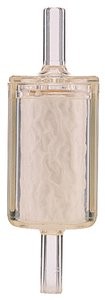GF003 | Fibroblast Growth Factor basic Protein, Human recombinant
Key Spec Table
|
Key Applications |
Species |
Source |
Purity |
|
Cult, CULT |
Human |
expressed in E. coli |
Greater than 95% by SDS-PAGE. Endotoxin level is less than 0.1 EU per μg of FGF-b. |
|
Catalogue Number |
GF003 |
|
Brand Family |
Chemicon® |
|
Synonyms |
FGF-2; bFGF; beta-FGF; Heparin-Binding Growth Factor 2 |
|
Trade Name |
|
|
Description |
Fibroblast Growth Factor basic Protein, Human recombinant |
|
Overview |
Fibroblast Growth Factor-basic (FGF-b) is a heparin binding growth factor which stimulates the proliferation of a wide variety of cells including mesenchymal, neuroectodermal and endothelial cells. FGF-b also exerts a potent angiogenic activity in vivo. Human FGF-b is a 17.2 kDa protein containing 154 amino acid residues. |
|
Background Information |
Fibroblast Growth Factor-basic (bFGF) is a heparin binding growth factor which stimulates the proliferation of a wide variety of cells including mesenchymal, neuroectodermal and endothelial cells. bFGF also exerts a potent angiogenic activity in vivo. Human bFGF is a 17.2 kDa protein containing 154 amino acid residues. Xu, et al. demonstrated that bFGF synergizes with the BMP antagonist noggin to sustain undifferentiated proliferation of human embryonic stem (hES) cells under feeder-free conditions. GF003-AF was developed without animal-based ingredients and can be used for the culture of hES cells in a feeder-free, animal-free culture system. |
|
Presentation |
Lyophilized from a 0.7 mg/mL solution in 5mM Tris, pH 7.6 with 150 mM NaCl. |
|
Application |
The Fibroblast Growth Factor-basic (FGF-b) is a heparin binding growth factor which stimulates the proliferation of a wide variety of cells including mesenchymal, neuroectodermal & endothelial cells. |
|
Key Applications |
|
|
Application Notes |
For most in vitro applications,
bFGF exerts its biological activity in the concentration range of 0.1 to 10.0
ng/mL. Responding cells are (partial list): Endothelial, mesenchymal cells.
Human ES cells require concentrations in the range of 4 to 100 ng/mL,
depending on the method of culture. |
|
Purity |
Greater than 95% by SDS-PAGE. Endotoxin level is less than 0.1 EU per μg of FGF-b. |
|
Source |
expressed in E. coli |
|
Species |
Human |
|
Specific Activity |
Chemicon's Human FGF-b is fully biologically active when compared to standards. The ED50 was determined by the dose-dependent stimulation of thymidine uptake by NIH3T3 cells expressing FGF receptors. |
|
Entrez Gene Number |
|
|
Entrez Gene Summary |
The protein encoded by this gene is a member of the fibroblast growth factor (FGF) family. FGF family members bind heparin and possess broad mitogenic and angiogenic activities. This protein has been implicated in diverse biological processes, such as limb and nervous system development, wound healing, and tumor growth. The mRNA for this gene contains multiple polyadenylation sites, and is alternatively translated from non-AUG (CUG) and AUG initiation codons, resulting in five different isoforms with distinct properties. The CUG-initiated isoforms are localized in the nucleus and are responsible for the intracrine effect, whereas, the AUG-initiated form is mostly cytosolic and is responsible for the paracrine and autocrine effects of this FGF. |
|
Gene Symbol |
|
|
UniProt Number |
|
|
UniProt Summary |
FUNCTION: SwissProt: P09038 # The heparin-binding growth factors
are angiogenic agents in vivo and are potent mitogens for a variety of cell
types in vitro. There are differences in the tissue distribution and
concentration of these 2 growth factors. |
|
Usage Statement |
|
|
Storage Conditions |
Maintain the lyophilized material
at -20°C until expiration date as stated on the label. |
|
Material Size |
50 µg |


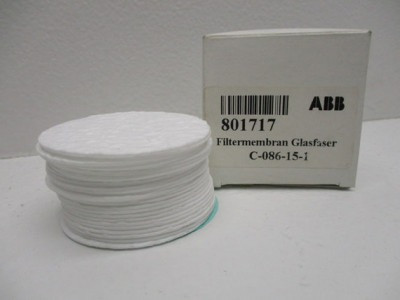
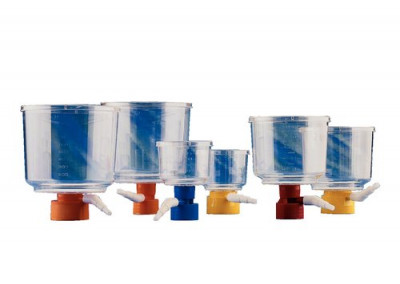
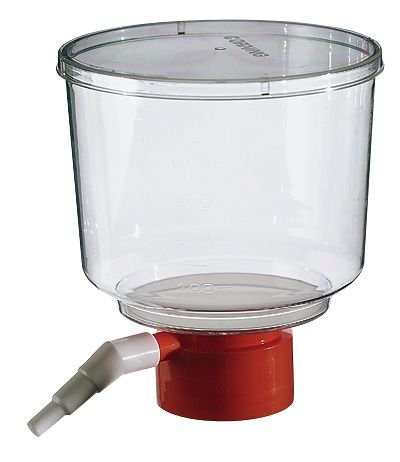
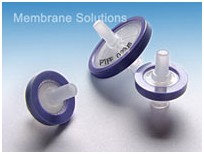
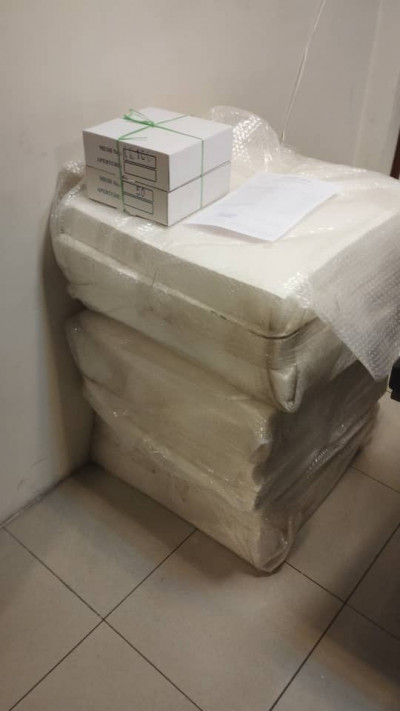
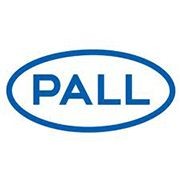
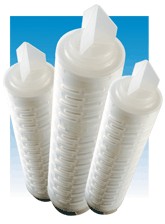
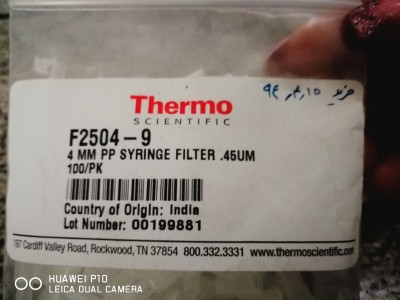
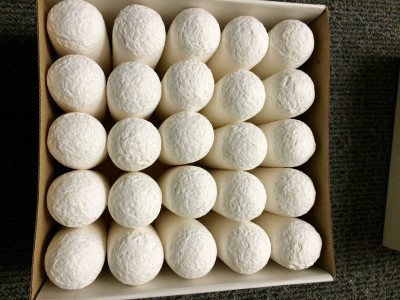
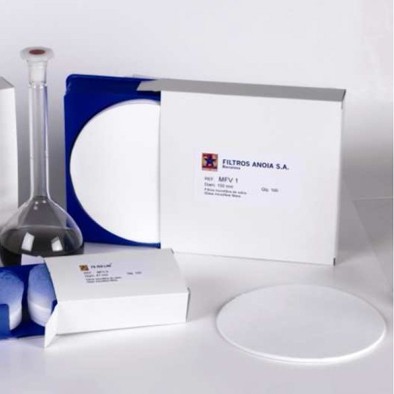
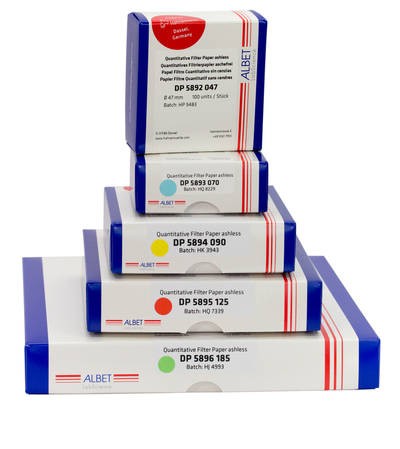
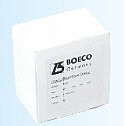
![Acrodisc, Minispike Syringe Filter, GHP, 13 mm, 0.2 µm, Aqueous, 300/case [WAT097963]](/pics/38612_1454213994.jpg)
